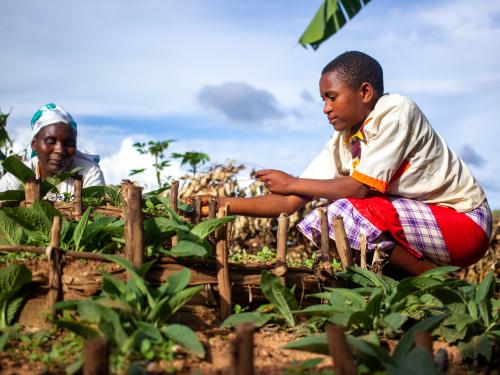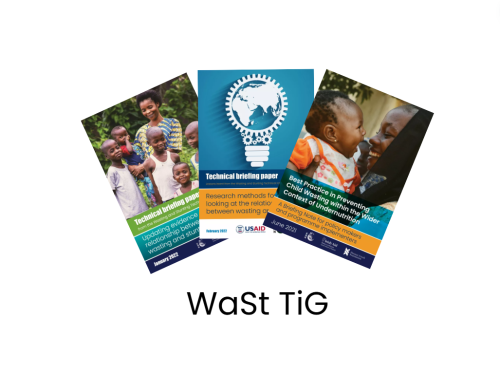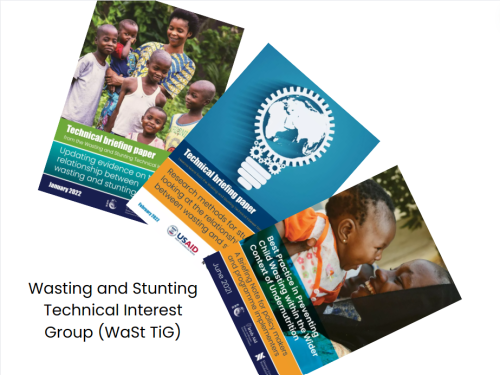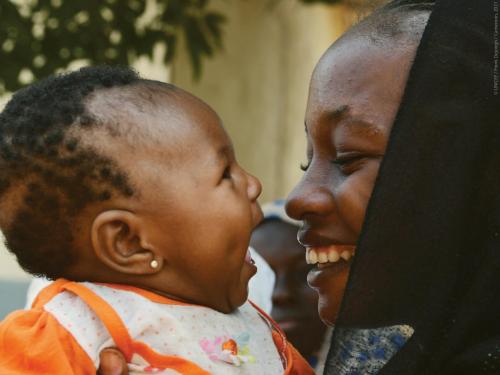Our work so far
The WaSt TIG developed a new workplan for the fifth Phase of its work. In this period we aim to fill some remaining research gaps but with increased focus on translating our findings for programme and policy relevance, particularly for country and regional practitioners and policy makers.
To date we have produced a number of outputs related to this second objective:
- A summary of our research on children with severe underweight and their response to treatment in Field Exchange.
- A video ‘Working to end the divide between wasting and stunting: the work of the WaSt TIG’ – which outlines the background and some key findings of the work of the WaSt TIG.
- A multi-media blog ‘Targeting treatment to the children who need it most: How evidence from the WaSt TIG on mortality risk could help optimise the design and impact of treatment services for malnourished children’ – which aims to succinctly communicate the findings of our work on mortality.

How do children with severe underweight and wasting respond to treatment?

Working to end the divide between wasting and stunting
Key insights
Thanks to the work of this group, and others who have been influenced by it, some of the key things we now know are:
- The physiological processes of wasting and stunting are interconnected. A child experiencing wasting is more likely to become stunted, and to a lesser extent vice versa.
- There are common determinants for wasting and stunting, including in -utero, which means that common prevention strategies are likely to be most impactful.
- Children can experience both wasting and stunting at different times throughout childhood, including in utero, and can also experience both at the same time. Up to 8% of children under 5 years may be both wasted and stunted at the same time (concurrently wasted and stunted).
- Concurrently wasted and stunted children have an elevated risk of death, similar to that of a severly wasted child, and should be considered as a high-risk group for the targeting of treatment.
- Boys and younger children are more likely to be concurrently wasted and stunted, and also wasted in general however this does not translate to a higher mortality risk once they have the condition.
- A combination of weight-for-age Z score and mid-upper arm circumference may be the most effective way to identify children at highest risk of mortality, including those concurrently wasted and stunted.

Evidence generation
To continue to generate evidence to increase the understanding of the relationship between wasting and stunting and what this tells us about their aetiology, consequences, treatment and prevention.
Programme and policy implications
To translate the implications of the evidence for policies and programmes to better meet the needs of national and global actors in addressing malnutrition and its consequences.
Research influencing
To further influence the research agendas of donors, academia and implementation research-focused agencies.
Find out more about WaSt TIG

WaSt Technical Interest Group
The Wasting and Stunting (WaSt) Technical Interest Group (TIG) aims to explore the relationship between wasting and stunting to improve services and systems for malnourished children and their families.





